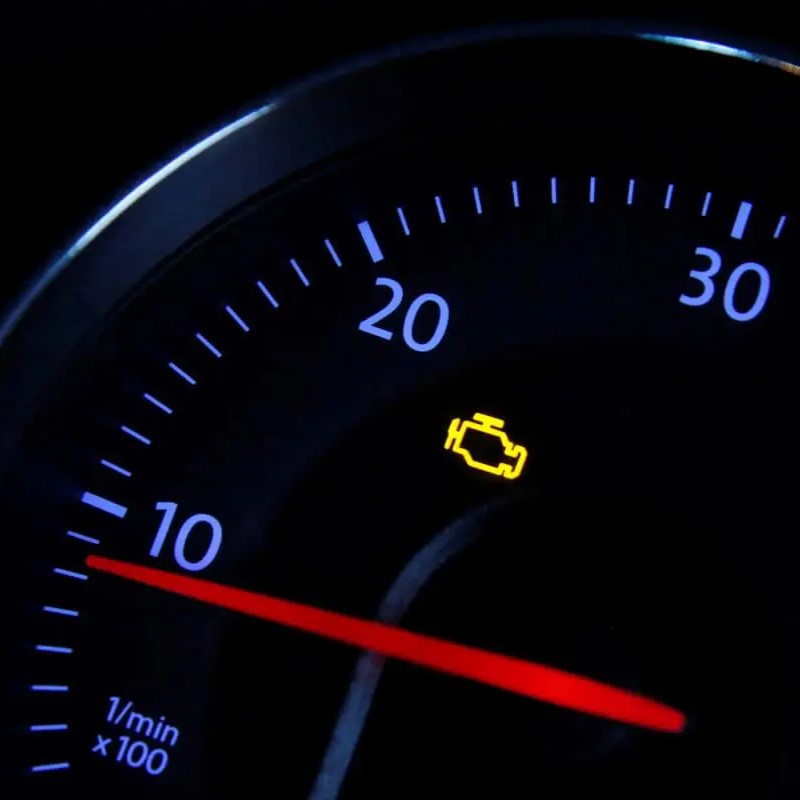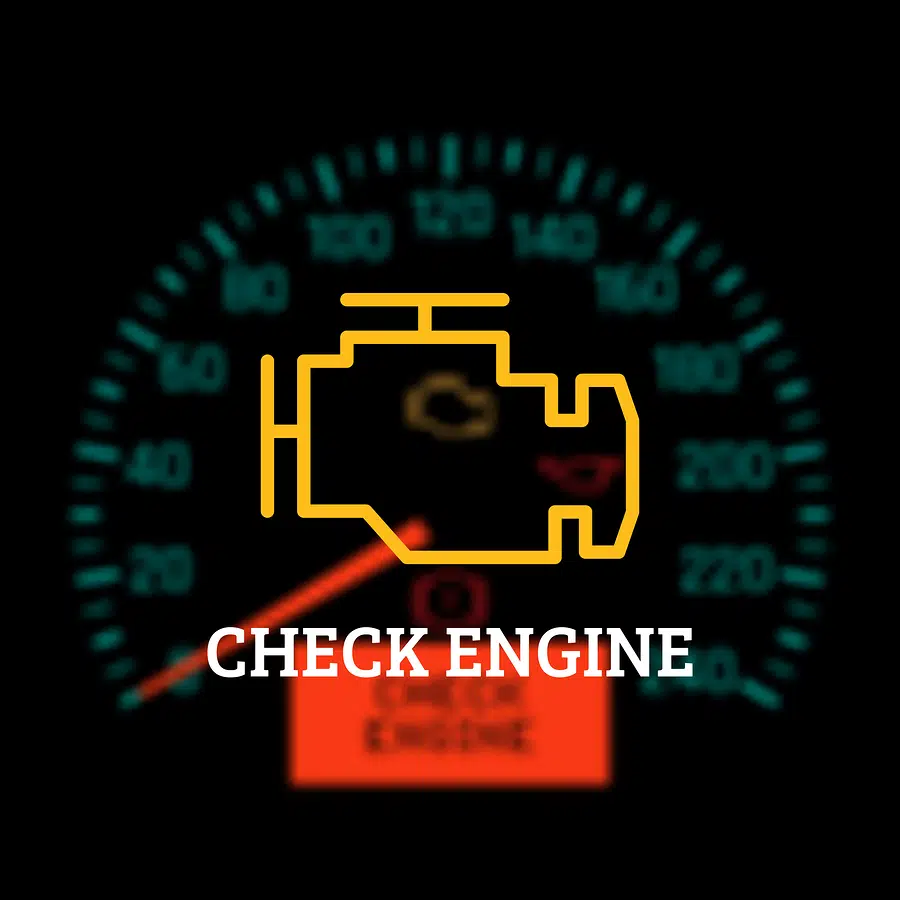The Anti-lock Braking System (ABS) is a crucial safety feature in modern cars. It prevents wheels from locking during hard braking, allowing you to maintain steering control and avoid skidding. However, when the ABS light on your dashboard illuminates, it signifies a potential issue with this vital system.
There’s no need to panic. While an illuminated ABS light indicates a problem, your regular brakes should still function. However, it’s essential to address the issue promptly to ensure optimal braking performance and safety. This article delves into the common reasons behind a lit ABS light, guiding you through potential causes and recommended actions.

Common Culprits: Why Your ABS Light Might Be On
Several factors can trigger an ABS light. Let’s explore some of the most frequent ones:
-
Low Brake Fluid: The ABS system relies on hydraulic pressure to function. Low brake fluid levels can disrupt this pressure, hindering the system’s ability to operate effectively. Regularly checking your brake fluid reservoir for proper fill level is a simple yet important preventive measure.
-
Faulty Wheel Speed Sensor: Each wheel in your car has a sensor that monitors its rotational speed. These sensors feed information to the ABS module, allowing it to regulate pressure and prevent wheel lockup. A malfunctioning sensor can send inaccurate data, causing the ABS light to illuminate.
-
Malfunctioning ABS Module: The ABS module is the brain of the system, processing sensor data and controlling hydraulic pressure to each wheel. A faulty module can lead to various ABS malfunctions, triggering the warning light.
-
Damaged Wiring or Fuses: Electrical issues, like damaged wiring or a blown fuse, can disrupt communication between the ABS components and the car’s computer. This can also cause the ABS light to come on.
-
Worn Brake Pads or Rotors: While not directly related to the ABS system itself, excessively worn brake pads or rotors can sometimes trigger the ABS light. This is because the increased friction from worn components can affect how the system interprets wheel speed data.

Taking Action: What to Do When Your ABS Light Is On
Here’s what you should do if your ABS light illuminates:
-
Visually Inspect: Perform a quick visual check of your brake fluid reservoir. Ensure the fluid level is within the designated range markings. Look for any leaks or cracks in the brake lines or hoses.
-
Consult Your Owner’s Manual: Your car’s manual might offer specific troubleshooting steps or provide codes associated with the ABS light. These codes can pinpoint the exact source of the problem.
-
Seek Professional Help: If the visual inspection doesn’t reveal any obvious issues, or if you’re uncomfortable troubleshooting further, it’s best to schedule an appointment with a qualified mechanic. They can diagnose the problem using specialized tools and recommend the appropriate repair.

Driving with an Illuminated ABS Light
While your car’s regular brakes should still function with a lit ABS light, it’s essential to understand the limitations. Without a functioning ABS system, your wheels are more prone to locking during hard braking, potentially leading to loss of steering control and increased stopping distances. Therefore, it’s advisable to avoid harsh braking maneuvers and maintain a safe following distance until the issue is resolved.

Prevention is Key: Maintaining Your ABS System
Here are some tips to keep your ABS system healthy and prevent warning light issues:
-
Regular Brake Maintenance: Regular brake maintenance, including timely replacement of worn pads and rotors, is crucial for optimal braking performance and can indirectly contribute to ABS system health.
-
Avoid Submerging Your Car: Deep water crossings or submerging your car can damage ABS components. If you must drive through water, proceed slowly and avoid deep puddles.
-
Use Caution on Uneven Terrain: Driving on rough or uneven terrain can put additional stress on the ABS system. When possible, navigate such surfaces cautiously.
The Importance of a Functioning ABS System
A properly functioning ABS system significantly enhances your car’s braking capabilities, particularly in emergency situations. By preventing wheel lockup, ABS allows you to maintain steering control and maneuver your car to avoid obstacles, potentially mitigating accidents.

When to Seek Professional Help
While the article explores some possible causes of a lit ABS light, it’s important to recognize situations where seeking professional help is crucial. Here are some key indicators:
-
Limited Mechanical Knowledge: If you’re unfamiliar with car mechanics or lack the confidence to diagnose the problem yourself, a mechanic’s expertise is invaluable. They possess the knowledge and experience to pinpoint the exact cause efficiently.
-
Lack of Specialized Equipment: Diagnosing certain ABS problems often requires specialized tools and diagnostic scanners. Mechanics have access to this equipment, allowing them to perform a comprehensive inspection and identify the root cause of the issue.
-
Complex Repairs: Some ABS repairs, like replacing a faulty module or repairing damaged wiring, can be intricate and necessitate specialized skills. A qualified mechanic can handle these repairs efficiently and ensure they’re done correctly.
-
Safety Concerns: If you experience any abnormal braking behavior alongside the illuminated ABS light, such as a spongy brake pedal or excessive vibration, don’t hesitate to seek professional help immediately. These symptoms could indicate a more serious underlying issue that requires prompt attention.
The Benefits of Consulting a Certified Mechanic
Consulting a certified mechanic offers several advantages:
-
Accurate Diagnosis: Mechanics have the training and experience to diagnose ABS problems accurately, saving you time and money from unnecessary repairs.
-
Proper Repairs: They can ensure repairs are performed correctly using the right parts and following recommended procedures. This translates to a safe and reliable ABS system.
-
Peace of Mind: Having a professional diagnose and fix the problem provides peace of mind, knowing your car’s braking system is functioning optimally.
Conclusion: Addressing the ABS Light for Safety’s Sake
An illuminated ABS light shouldn’t be ignored. While it might not render your car completely undrivable, it signifies a potential issue that could compromise braking performance and safety. By understanding the common causes and recommended actions, you can ensure your car’s ABS system functions optimally, keeping you and your passengers safe on the road. Remember, a proactive approach to car maintenance, including addressing warning lights promptly, goes a long way in promoting safe driving experiences.





